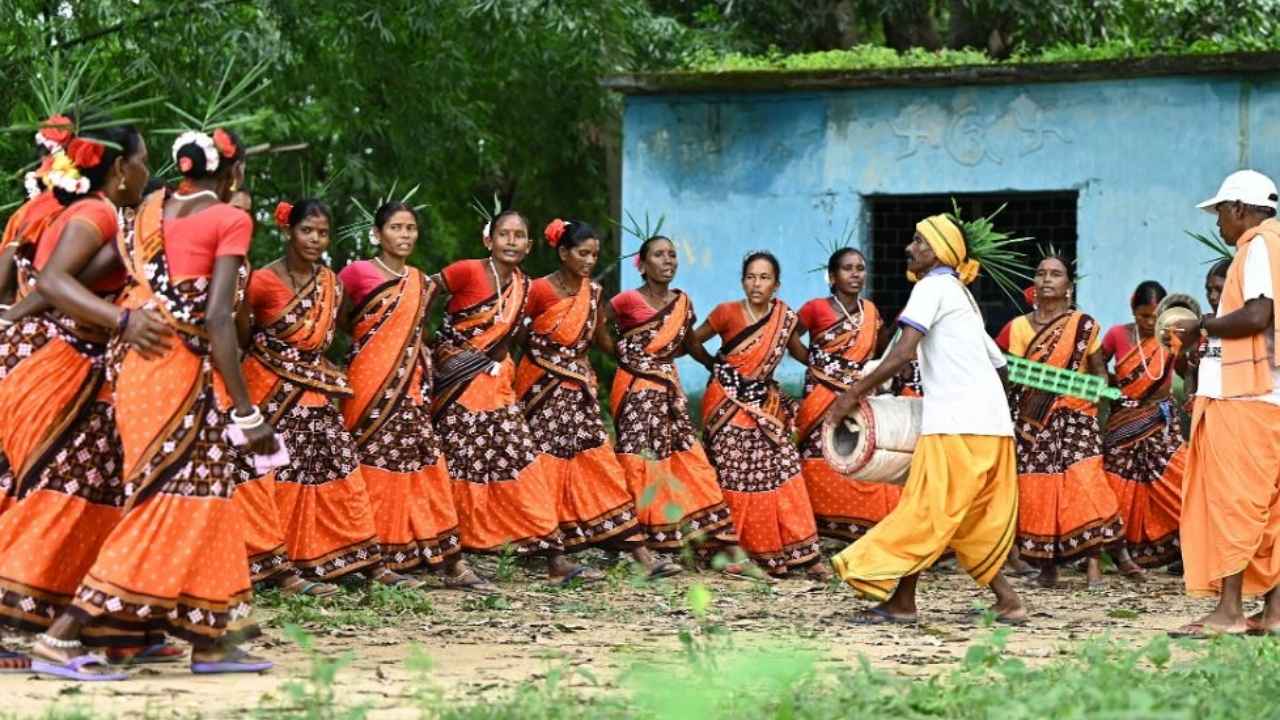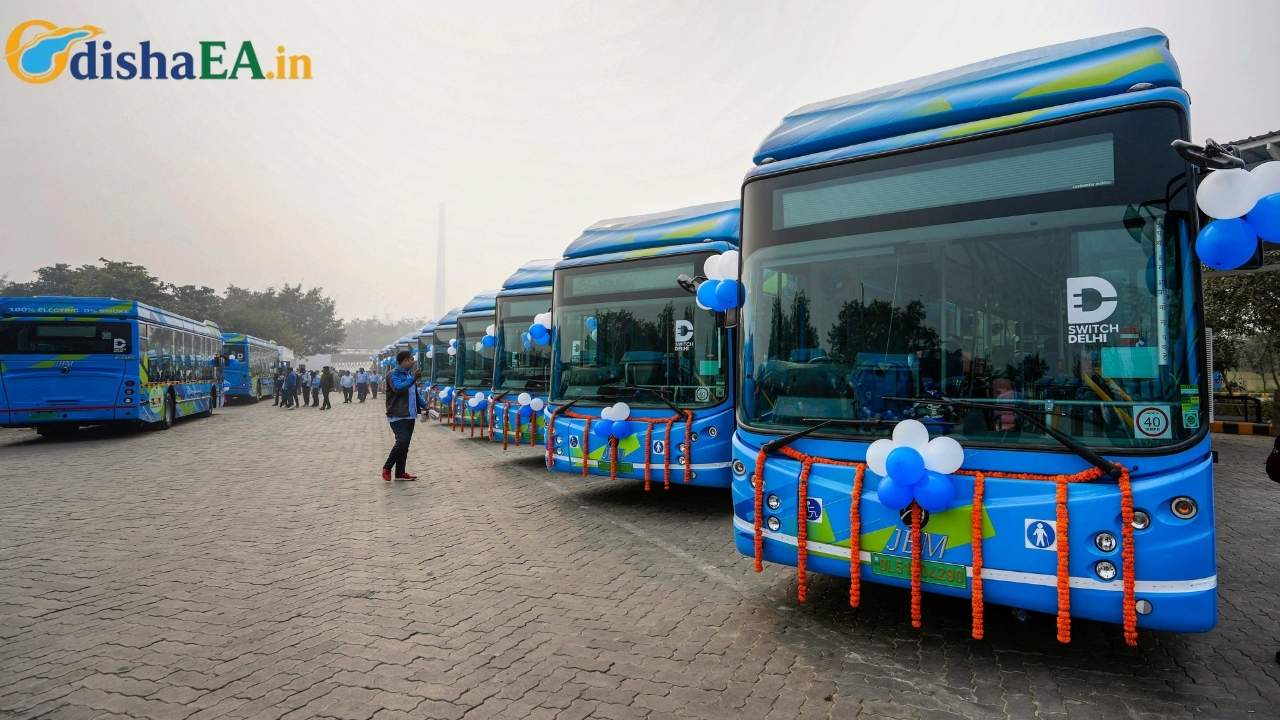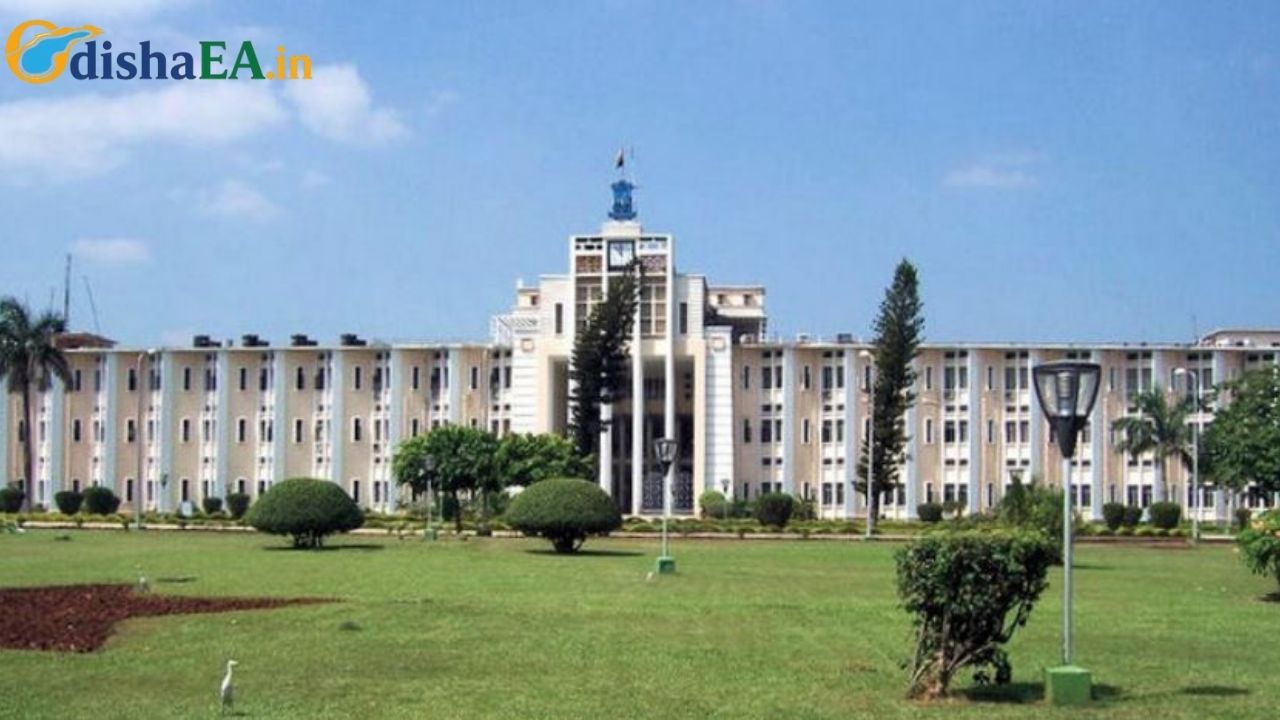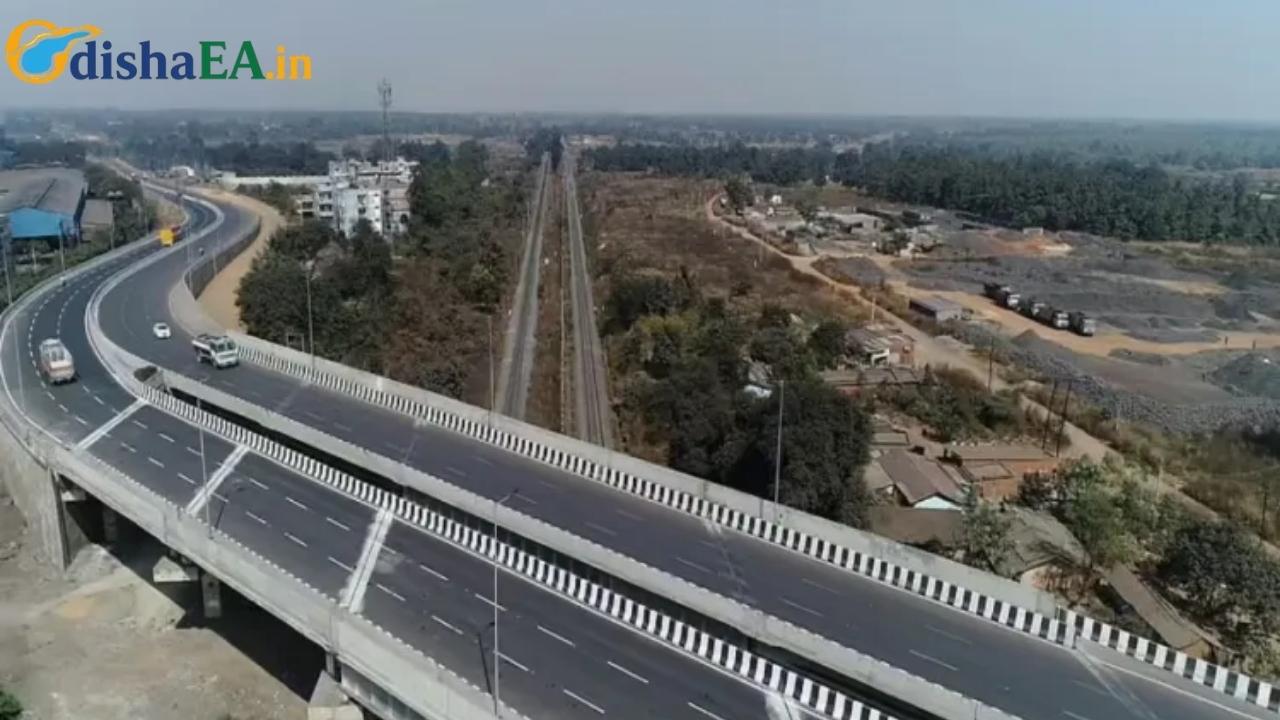BHUBANESWAR, India – Communities across western Odisha recently celebrated Sambalpuri Din, an annual observance dedicated to preserving and promoting the rich Sambalpuri language and culture. The festivities, held with widespread public participation, underscored the region’s distinct identity and its contributions to the broader cultural tapestry of India. This year’s celebrations emphasized the historical significance of the language and its enduring influence on regional arts and traditions. The New Indian Express
Understanding Sambalpuri Din and Its Significance
Sambalpuri Din, observed annually on August 1st, commemorates the birth anniversary of Guru Satyanarayan Bohidar, a prominent figure in Sambalpuri literature and a key proponent for the language’s recognition. The day serves as a focal point for cultural assertion, bringing together individuals from all walks of life to celebrate their linguistic and artistic heritage. The Sambalpuri language, a member of the Indo-Aryan family, holds a unique place in Odisha’s linguistic landscape, distinct from Odia, the official state language.
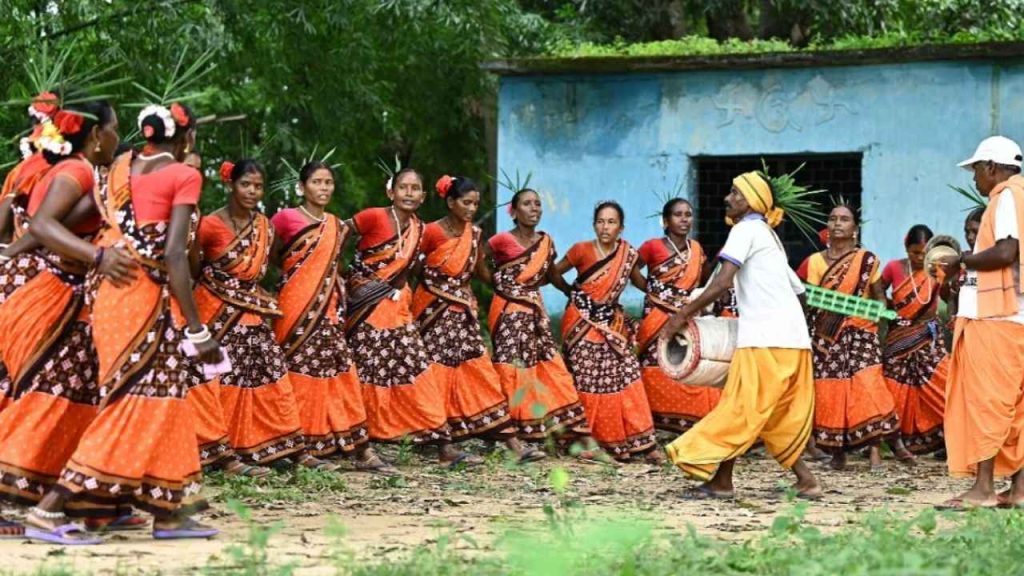
The cultural significance of Sambalpuri extends beyond its spoken form. It is deeply intertwined with the region’s renowned Sambalpuri textiles, particularly the intricate ikat weaving technique that produces distinct patterns and colors. These textiles, globally recognized for their craftsmanship, serve as a tangible representation of the culture’s artistic prowess. “Sambalpuri culture is a unique blend of ancient traditions and modern expressions,” stated Dr. Priyadarshi Kar, a cultural anthropologist at Utkal University, in a recent interview. “The language is the soul of this culture, and its preservation is vital for future generations.”
A Movement for Recognition and Preservation
The movement for greater recognition of the Sambalpuri language has gained momentum over the past few decades. Advocates often highlight the language’s historical roots and its distinct grammatical and phonetic structures. While Odia remains the medium of instruction in schools across Odisha, there have been persistent calls for the inclusion of Sambalpuri in primary education in western districts.
The cultural identity associated with Sambalpuri has also fostered a sense of regional pride, leading to increased efforts in documentation, research, and artistic creation in the language. Local literary organizations and youth groups are actively involved in promoting Sambalpuri through poetry recitations, short story competitions, and traditional music performances. These initiatives aim to engage younger generations and ensure the continuity of their linguistic heritage.

Events and Celebrations Across the Region
This year’s Sambalpuri Din celebrations featured a diverse array of events across cities and towns like Sambalpur, Bargarh, Balangir, and Sonepur. Cultural organizations, educational institutions, and government bodies collaborated to organize rallies, seminars, and traditional dance and music programs.
In Sambalpur, the central event saw a large public gathering addressed by local dignitaries and cultural experts. Participants showcased traditional Sambalpuri folk dances, such as the Dalkhai and Humko, alongside musical performances featuring indigenous instruments. Exhibitions displaying Sambalpuri ikat textiles and local handicrafts drew significant crowds, emphasizing the economic and artistic contributions of the region.
“These celebrations are not just about festivities; they are about reaffirming our identity and ensuring our cultural practices thrive,” commented Smt. Malabika Pujari, President of the Paschim Odisha Sanskrutika Parishad (Western Odisha Cultural Council), speaking at a ceremony in Bargarh. She further elaborated on the council’s ongoing initiatives to establish more community centers dedicated to Sambalpuri language education.
Educational institutions also played a crucial role, organizing essay competitions, debates, and workshops focused on Sambalpuri literature and history. Students were encouraged to write in Sambalpuri, fostering a renewed interest in the language among younger demographics. These academic engagements serve to solidify the intellectual foundations of the cultural movement.
Economic and Cultural Impact
The cultural vibrancy associated with Sambalpuri Din has notable economic implications, particularly for the handloom sector. The demand for Sambalpuri textiles often sees a surge around such cultural events, providing livelihoods for thousands of weavers and artisans. This intersection of culture and commerce highlights the potential for cultural heritage to drive local economies.
Efforts are also underway to secure greater recognition for Sambalpuri in digital spaces and media. Local radio stations and community television channels frequently broadcast programs in Sambalpuri, ensuring its presence in contemporary communication platforms. Social media campaigns often accompany the celebrations, using hashtags like #SambalpuriDin to generate broader awareness and participation.
The sustained focus on Sambalpuri culture, amplified by events like Sambalpuri Din, contributes to a robust sense of regional identity that coexists with the broader state and national identities. It is a testament to the power of cultural pride in fostering community cohesion and driving efforts towards preservation and promotion.
The ongoing momentum behind Sambalpuri Din reflects a broader aspiration among the people of western Odisha to celebrate and protect their unique heritage. As celebrations conclude, the focus shifts to sustained efforts in language promotion, artistic development, and educational initiatives, ensuring the Sambalpuri cultural identity continues to flourish.
Odisha to Celebrate PM Modi’s 75th Birthday by Planting 75 Lakh Saplings
Lord Jagannath’s Image on Doormat Sparks Fury in Odisha, AliExpress Demands Apology
Colleges Without ICCs to Face Consequences, Warns Odisha Deputy CM
FAQ
Q1: What is the significance of Sambalpuri Din?
A1: Sambalpuri Din is an annual celebration on August 1st that commemorates the birth anniversary of Guru Satyanarayan Bohidar, a key figure in Sambalpuri literature. It serves to promote and preserve the distinct Sambalpuri language and culture of Western Odisha.
Q2: What are Sambalpuri textiles?
A2: Sambalpuri textiles are renowned handloom products from Western Odisha, characterized by their intricate ikat weaving technique. They are a significant part of Sambalpuri cultural heritage and are economically vital to the region.
Q3: Is Sambalpuri a distinct language from Odia?
A3: Yes, Sambalpuri is a distinct Indo-Aryan language with its own grammatical and phonetic structures, separate from Odia, the official state language of Odisha. There is an ongoing movement for its greater recognition and inclusion in education.

